How to Travel Smart: Local Transport in Mumbai for Tourists (2025 Guide)
Overview of Mumbai's Public Transportation System
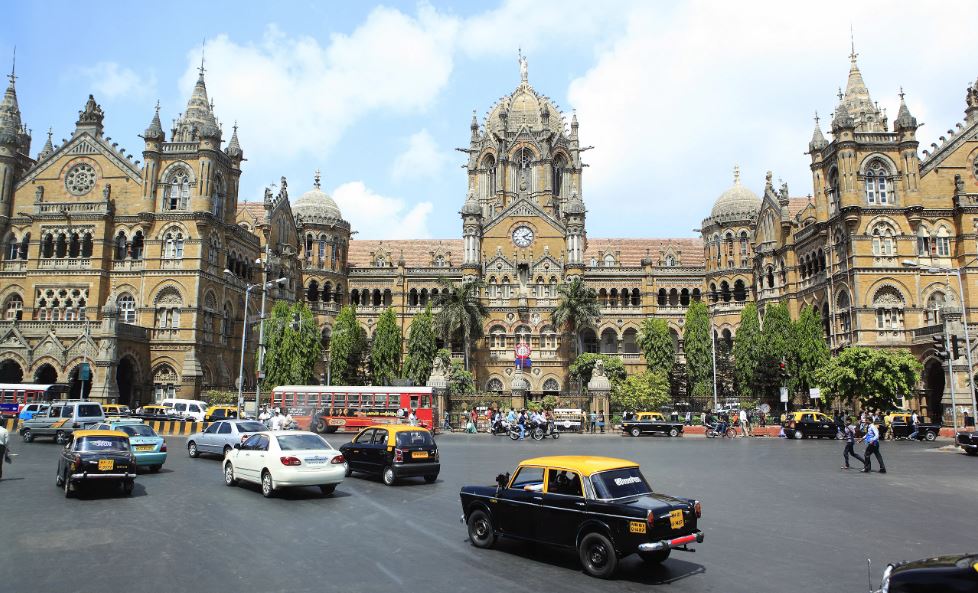
Mumbai's public transportation network is a complex, fast-moving, and incredibly efficient ecosystem once you understand how it works. It includes local trains, metro lines, BEST buses, auto-rickshaws, taxis, ferries, and app-based cabs like Uber and Ola. Each serves different parts of the city and meets different traveler needs—from budget-conscious visitors to those seeking maximum comfort.
Whether you're a solo traveler or with family, knowing the strengths of each mode can help you plan your day wisely. From scenic ferry rides to high-speed metro lines, this guide will help you unlock Mumbai's full potential—especially if you're planning to visit attractions like the Bollywood studio tour in Mumbai, which is best accessed by combining metro and cab travel.
Mumbai Local Trains – The City’s Lifeline
Mumbai’s local railway system is the most extensive and heavily used in the country, carrying millions of passengers each day and serving as the city’s transportation backbone. It consists of three main lines:
Western Line (Churchgate to Dahanu Road)
Central Line (Chhatrapati Shivaji Maharaj Terminus to Kasara/Karjat)
Harbour Line (CSMT to Panvel)
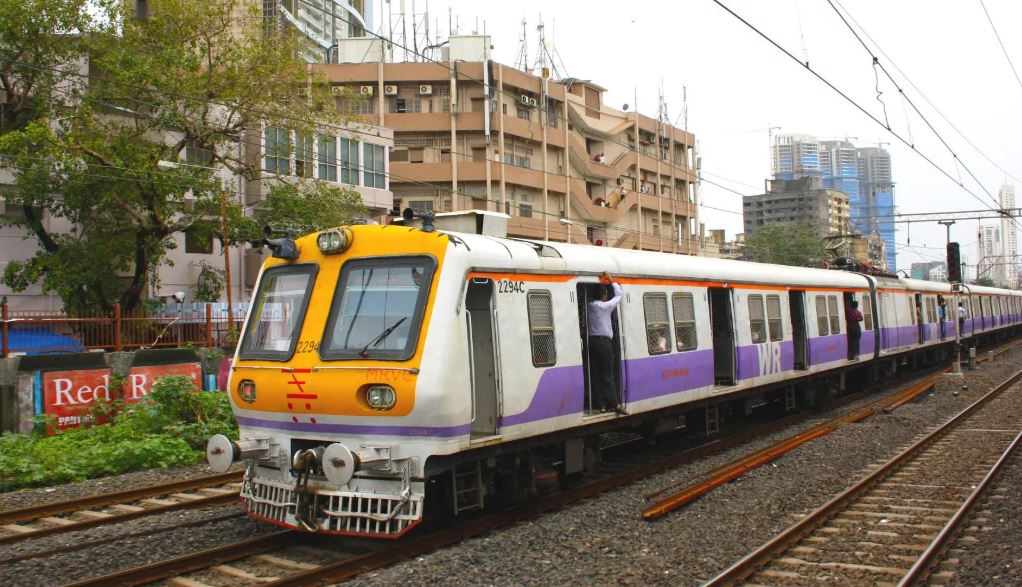
Mumbai local train tips for first-timers:
Try to steer clear of rush hours—typically mornings between 8–10 AM and evenings from 6–8 PM—when trains are packed to capacity.
Use the women-only compartments if you're a solo female traveler
Download the m-Indicator app for live updates and train schedules
Carry a paper map or screenshot of the train line if you're going to switch lines
Example: To get from Colaba to Bandra efficiently, catch a taxi to Churchgate, hop on a Western Line train heading north, and exit at Bandra station. It's faster than road transport and costs less than ₹20.
Mumbai Metro – Fast, Clean & Expanding
The Mumbai Metro is becoming a tourist favorite due to its cleanliness, air-conditioning, and digital ticketing. It's still expanding, but new lines are being launched regularly.
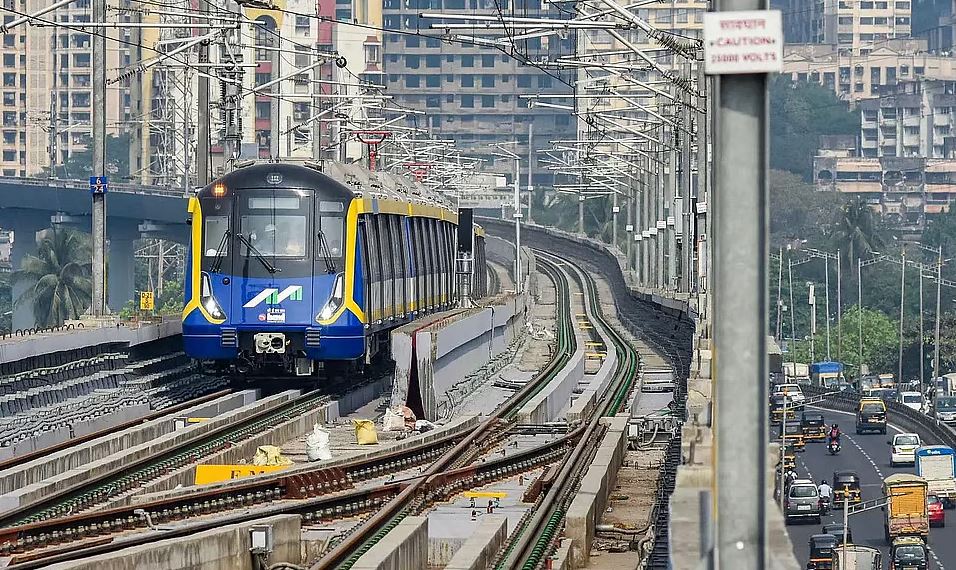
Mumbai Metro Guide:
Currently, Line 1 (Versova-Andheri-Ghatkopar) is the most used
With the launch of Metro Line 2A between Dahisar and DN Nagar, several commutes have become significantly quicker—cutting journey times in half for many daily routes.
Use the Mumbai Metro app or One Mumbai Card for ticketing
Metro stations are well-staffed, clean, and have good signage in English
Hidden Gem Tip: Use the metro to explore Andheri East's Mahakali Caves and Versova Beach with minimal road hassle.
BEST Buses – Mumbai’s Traditional Backbone
BEST (Brihanmumbai Electric Supply and Transport) buses are part of Mumbai’s legacy. They're budget-friendly and reach deep into residential and market areas where trains don’t.
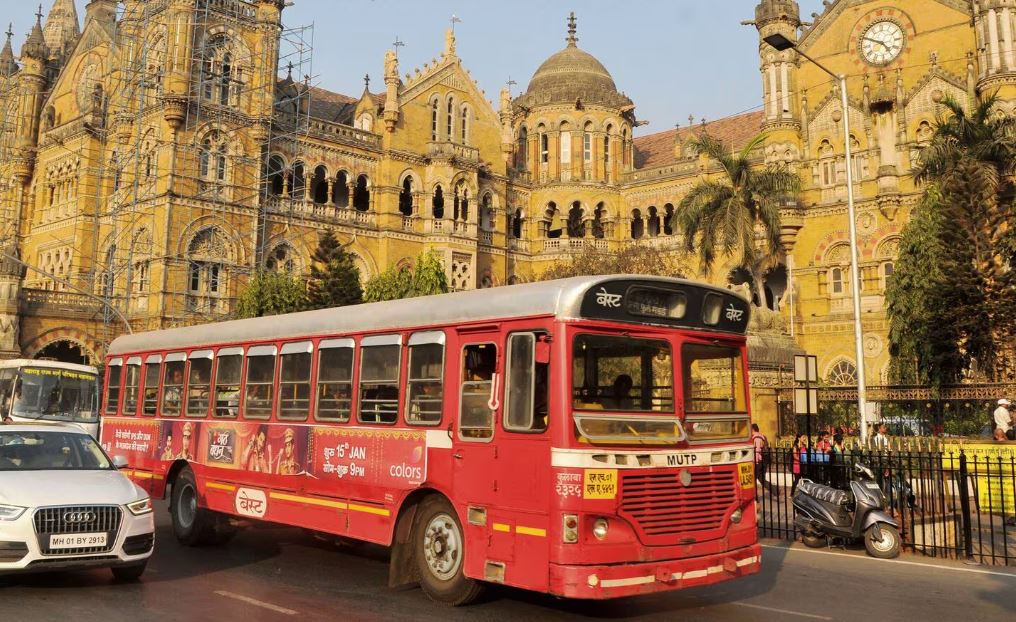
BEST Bus Routes in Mumbai:
Bus 66 from Dadar TT to Walkeshwar gives a scenic ride via Marine Drive
Bus 202 (AC) from CST to Bandra is a great alternative to local trains
Use the Chalo app for real-time tracking and digital passes
Budget Tip: BEST buses are ideal for short 2–3 km rides that cost less than ₹10. Also, their AC buses are a great value-for-money way to beat the Mumbai heat.
Auto Rickshaws & Kaali Peeli Taxis
Auto-rickshaws are the go-to for suburban Mumbai, while the famous Kaali-Peeli taxis dominate South Mumbai.
Important tips:
Always check the fare chart or insist on the meter
Rickshaws don't operate south of Mahim—take taxis instead
Prepaid booths at CST, Dadar, and major stations help avoid haggling
Example Ride: From Andheri Station to ISKCON Temple or Juhu Beach? Take an auto for ₹40–₹60 and save time compared to waiting for a cab.
App-Based Cabs: Uber & Ola in Mumbai
While public transport is efficient, sometimes you just need the ease and AC comfort of a cab. Uber and Ola cover the entire city and even nearby getaways.
Why choose Uber or Ola?
App integration with Mumbai Metro lets you buy tickets
Helpful for travelers arriving late at night or with luggage
Offers "Share" and "Bike" options for budget rides
Local Tip: For travel from Mumbai Airport to Bandra, expect ₹250–₹400 via Uber, while pre-booked cabs at the airport may charge more.
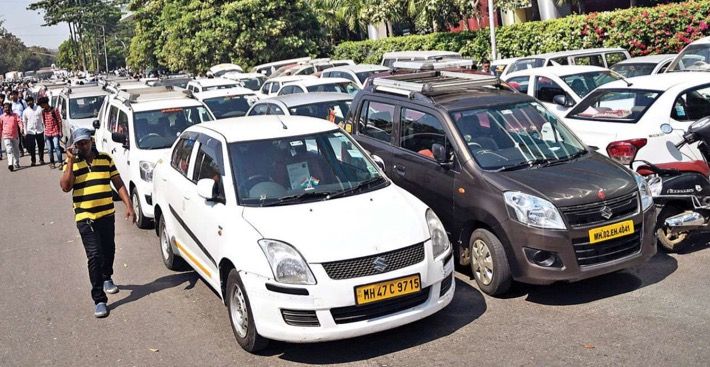
Ferries, Monorail & Bike Taxis
Mumbai's coastline allows for scenic ferry rides, while the monorail is great for East Mumbai connections. Bike taxis are launching in 2025 to reduce first- and last-mile issues.
Ferries operate from Gateway of India to Elephanta Caves, with return tickets under ₹250
The Wadala–Chembur monorail offers a traffic-free ride through East Mumbai and conveniently links up with major railway junctions.
Bike taxi services are ideal for solo tourists exploring areas like Bandra, Powai, and Lower Parel
Hidden Gem: Try the ferry from Mazgaon Dock to Mandwa Jetty for an offbeat beach day!
Ticketing, Travel Cards & Apps Tourists Must Know
Navigating Mumbai becomes easy when you use the right tools and passes.
One Mumbai Card / NCMC: Works across Metro, BEST, and Local Trains
Apps: m-Indicator (best overall), Chalo (for buses), Ridlr (metro + buses)
Avoid queues by buying a Tourist Day Pass for ₹75–₹150 (BEST or Metro)
Example: Buy a Metro Smart Card for ₹150 and top it up ₹100. You can use it on any metro line and skip long queues.
Tips for Navigating the City Smoothly
Avoid peak hours (8–10 am and 6–8 pm) unless you're traveling in AC metro/buses
For women, use the "ladies first" ticket line and women-only compartments in trains
Use Google Maps for multimodal trips (e.g., train + auto)
Mumbai airport to Colaba? Try Airport Metro to Marol Naka + cab = ₹350 total
Area-Wise Travel Suggestions for Tourists
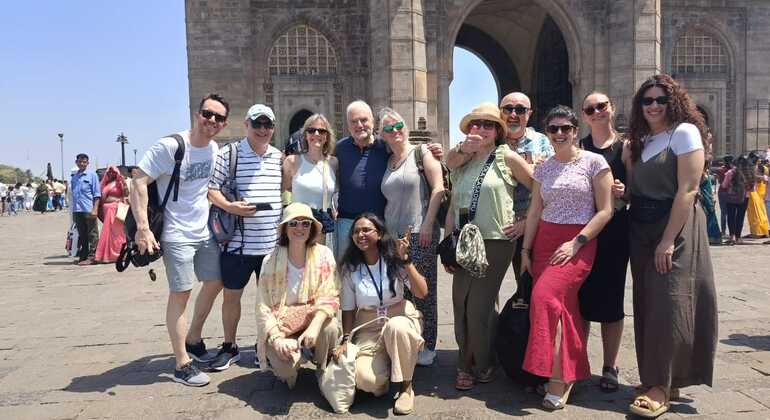
Exploring Colaba and South Mumbai
Colaba is home to the Gateway of India, the Taj Mahal Palace, and several art galleries and cafes. The area is best explored on foot due to narrow roads and heritage lanes. To reach Colaba:
Coming from the airport? Board the metro at Airport Road, travel to Marol Naka, and take a cab to Colaba—usually costing ₹300–₹400.
From CST: Walk or take a Kaali-Peeli taxi (₹30–₹50)
Use BEST buses 111 or 1 for budget travel from Churchgate or CST
Getting Around Bandra
Bandra uniquely fuses colonial-era charm with a vibrant, modern vibe—making it a favorite among both history lovers and trendsetters. With its Portuguese villages, street art, and sea-facing promenades, it’s a must-visit.
Western Line trains take you directly to Bandra station
Auto-rickshaws are easily available to Carter Road, Bandstand, and Hill Road
Bus 214 and 33 connect Bandra with other western suburbs
Navigating Andheri and Versova
As one of Mumbai’s busiest suburbs, Andheri boasts corporate offices, entertainment venues, and a smooth metro ride to Versova Beach.
Use the Metro Line 1 (Versova-Ghatkopar) to reach Versova
Local trains on the Western Line stop at Andheri station
BEST Bus 340 takes you to the Versova Jetty
Auto-rickshaws are ideal for short distances to Juhu, Lokhandwala, and Infiniti Mall
Touring Dadar, Shivaji Park & Worli
Dadar is a bustling transit point where the Central and Western railways intersect.
Train is the best way to reach Dadar quickly from anywhere
Bus 172 and 33 take you to Worli Sea Face and Siddhivinayak Temple
Taxis and autos are ideal for reaching the quieter Shivaji Park area
Sample 1-Day Itinerary Using Public Transport
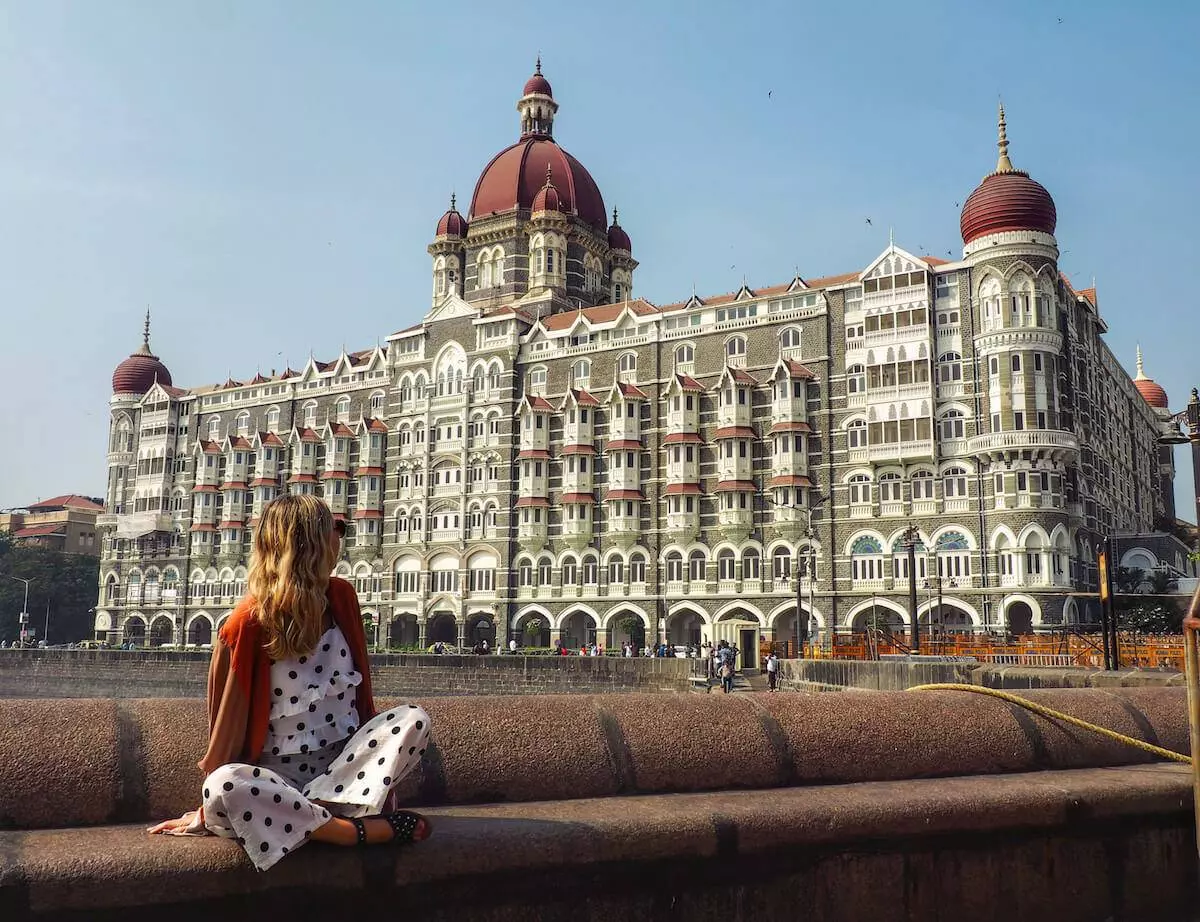 Morning:
Morning:
Kick off your day in the heritage-rich lanes of Colaba with a hearty breakfast at a vintage-style café just steps away from the Gateway of India — perfect for soaking in Mumbai’s old-world atmosphere.
Take BEST bus 111 to CST (₹10)
Catch a local train on the Harbour Line to Dadar
Afternoon:
From Dadar, take a cab or bus 172 to Worli Sea Face
Visit Nehru Planetarium or Haji Ali Dargah nearby
After sightseeing, hop into a cab or auto and head to Mahalaxmi Station to reconnect with the suburban rail network.
Evening:
Catch a train to Bandra from Mahalaxmi (via Dadar)
Spend your evening discovering Bandra Fort, strolling along Bandstand, and sampling street food at Carter Road’s popular eateries.
Take a metro from Western Express Highway to Andheri or Uber back to hotel
Travel Safety Tips for Tourists
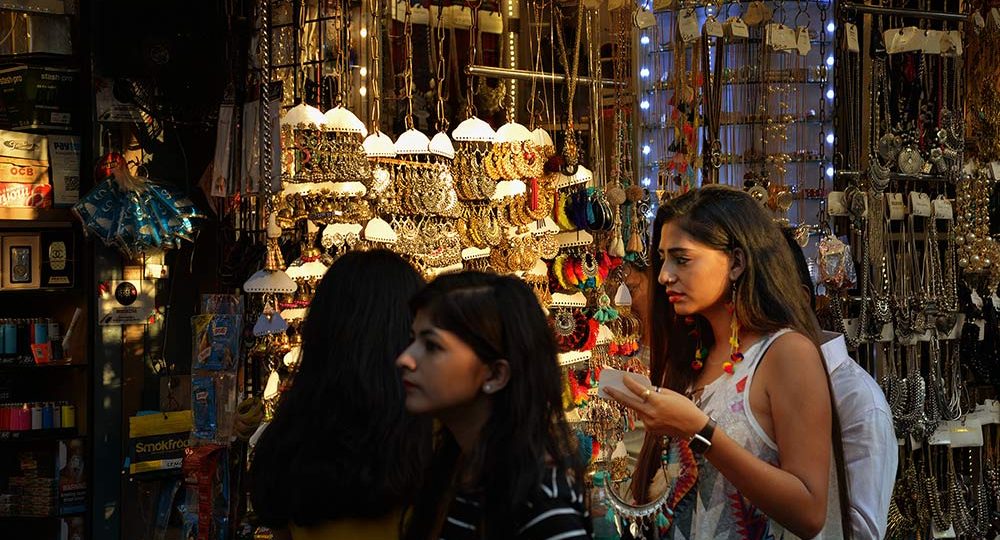
Night Travel Safety
Use Uber or Ola after 10 PM, especially in quiet areas
Avoid isolated platforms and use ladies' compartments when available
It’s wise to keep your emergency numbers handy and turn on live location sharing for added safety during your travels.
Solo Female Travelers
Always sit near the front in buses or near families in trains
Use the “Ladies First” lines at ticket counters and ride in women-only metro coaches
Avoid accepting food or drinks from strangers on public transport
Foreign Tourists
Stick to trusted apps like Uber/Ola to avoid overcharging
Always keep a physical copy of your hotel address in English
Purchase a SIM card with data to access Google Maps and local apps
Most Useful Travel Apps for Mumbai Tourists
m-Indicator
The most trusted Mumbai travel app; it shows train schedules, bus routes, and ferry timings
Works offline once data is downloaded
Chalo
Great for BEST buses—track real-time locations, book passes, and get alerts
Helps you plan multi-bus journeys
Ridlr
Useful for metro travelers; shows schedules, ticket options, and pass management
Integrated wallet for contactless payments
Uber/Ola
Choose based on availability in your area
Uber often has more cars; Ola sometimes offers cheaper short rides
Comparing Transport Options: What’s Best for Tourists?
| Mode | Cost | Speed | Comfort | Coverage |
|---|---|---|---|---|
| Local Trains | ₹10–20 | Fast | Crowded | High |
| Metro | ₹20–80 | Fast | High | Medium |
| BEST Bus | ₹5–30 | Moderate | Low to Medium | High |
| Uber/Ola | ₹200+ | Depends on traffic | High | High |
| Ferry | ₹100+ | Slow | Scenic | Low |
| Auto/Taxi | ₹50+ | Medium | Medium | Medium |
Best way to get around Mumbai: Combine Metro + Uber for comfort or use Local Trains and BEST for budget travel and street-level experiences.
Explore More:
Planning a Budget-Friendly Mumbai Trip? Learn how to stretch your rupees without missing the city’s best sights. From ₹10 train rides to must-eat budget thalis, we cover it all in our practical travel guide.
Here’s a Perfect 3-Day Mumbai Itinerary: Maximize your stay with our time-saving route suggestions using local trains, metro, and Uber. From Gateway to Girgaon, we've mapped it all for you.
Join Our Curated Mumbai Food Walk: Explore Mumbai's street food scene the local way—by train, tuk-tuk, and foot. Find out which stations are closest to street food hubs like CST, Mohammed Ali Road, and Dadar.
Conclusion
The city’s transport may seem chaotic at first glance, but beneath the bustle lies a surprisingly well-connected and functional system. By choosing the right mode based on your destination, budget, and time, you can experience the city safely and authentically.
Don’t want to deal with it all on your own? Check out our customized Mumbai Tour Packages that take care of everything for you – travel, accommodation, food, and more!
Get In Touch With Our Travel Expert
